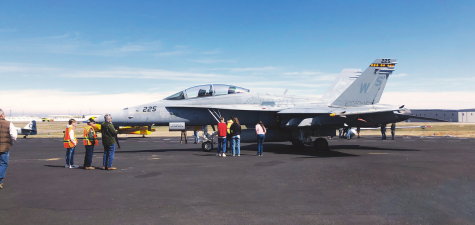
Wings’ Fall Food Drive
Wings Over the Rockies™ is flying together with Food Bank of the Rockies to fight…

Wings Over the Rockies™ is flying together with Food Bank of the Rockies to fight…
The Air & Space Museum in Denver is closed Sunday, November 2, 2025 for a…
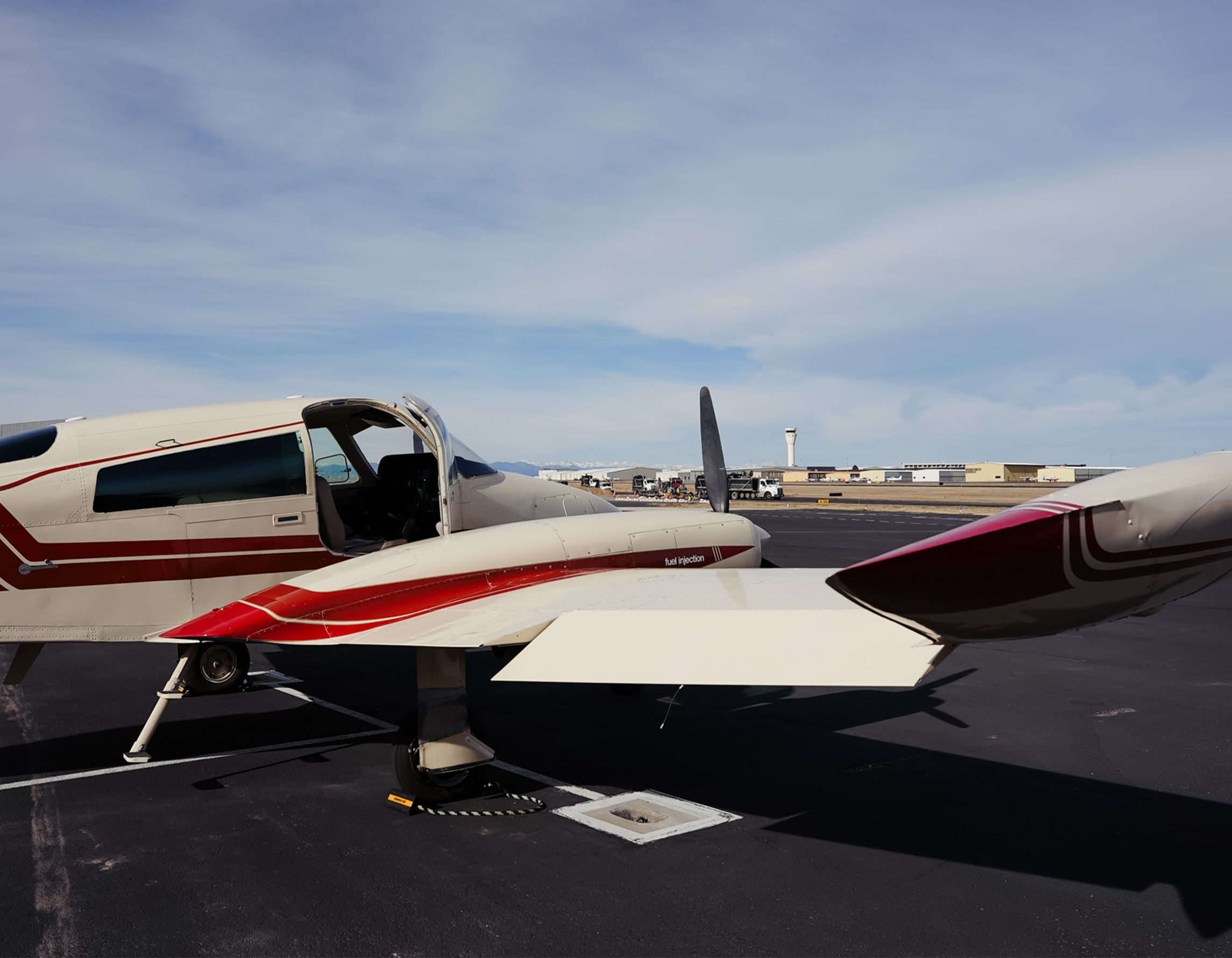
Join Wings Over the Rockies Exploration of Flight on the second Saturday of the month…

Get an up close look inside select aircraft at the museum and learn all about…

Visit the Air & Space Museum on SCFD Free Day! Receive free admission on Saturday,…
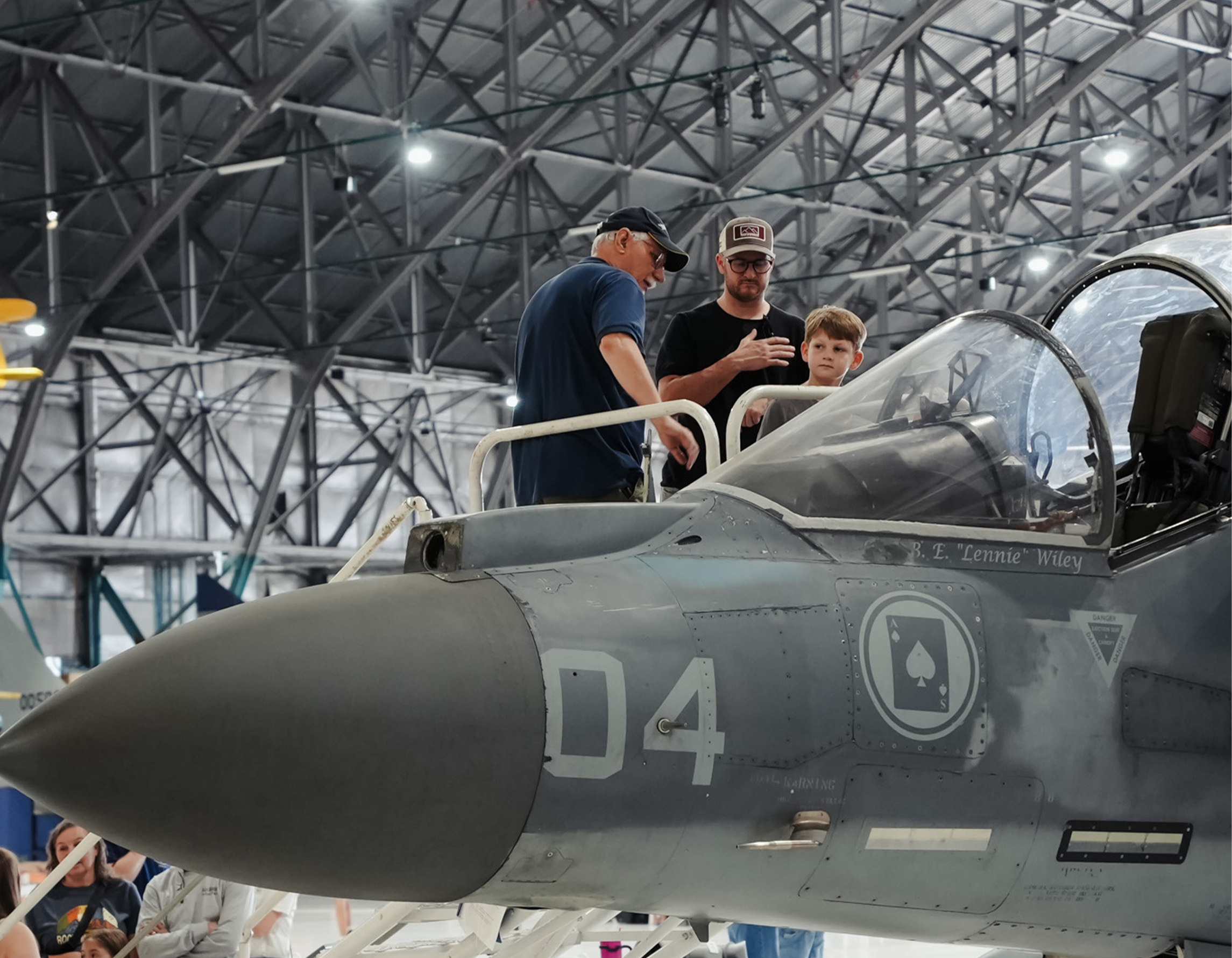
Visit Wings Over the Rockies Air & Space Museum free of charge as part of…
The Air & Space Museum in Denver is closed Sunday, November 9, 2025 for the…
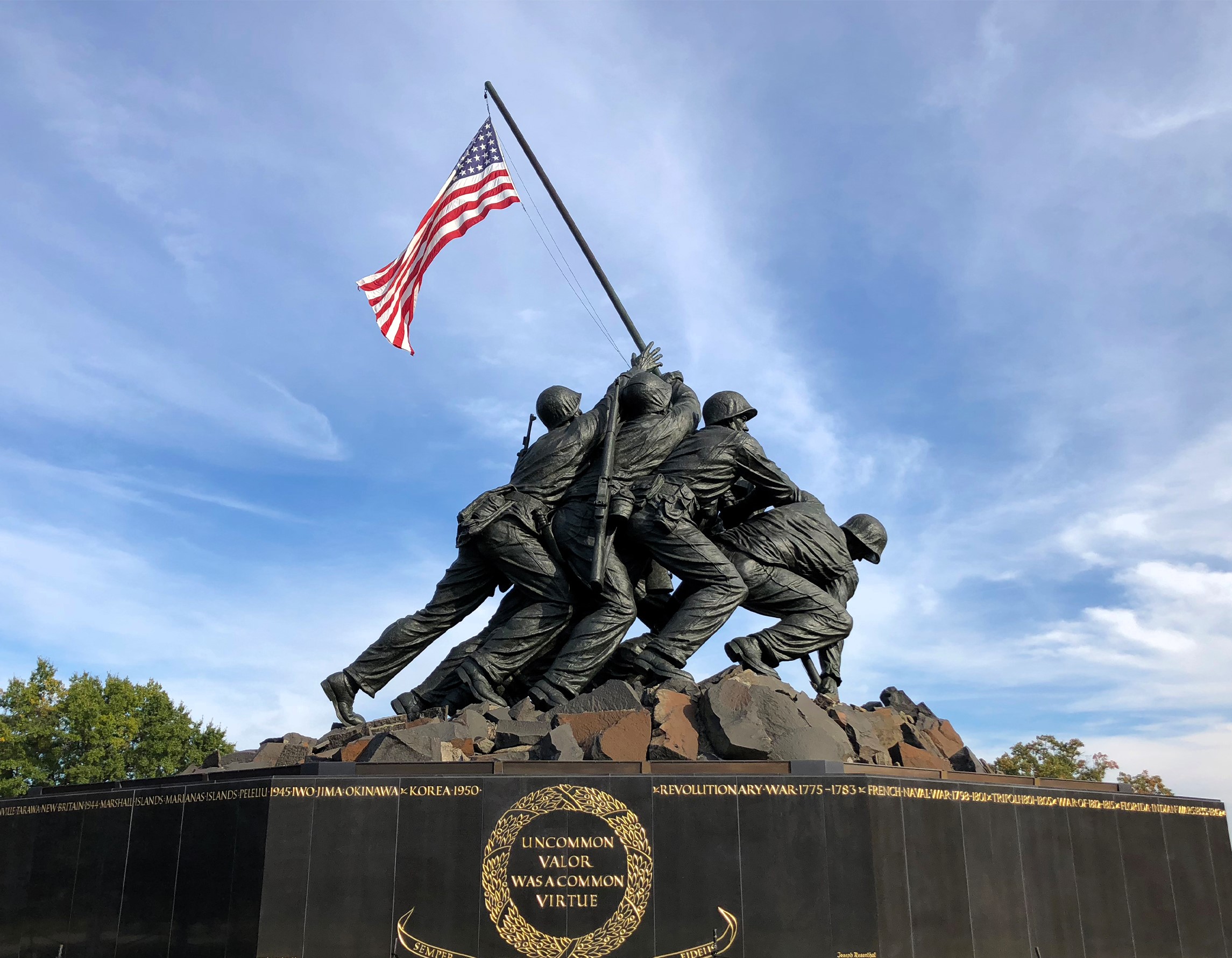
This event is currently sold out. We look forward to celebrating the United States Marine…
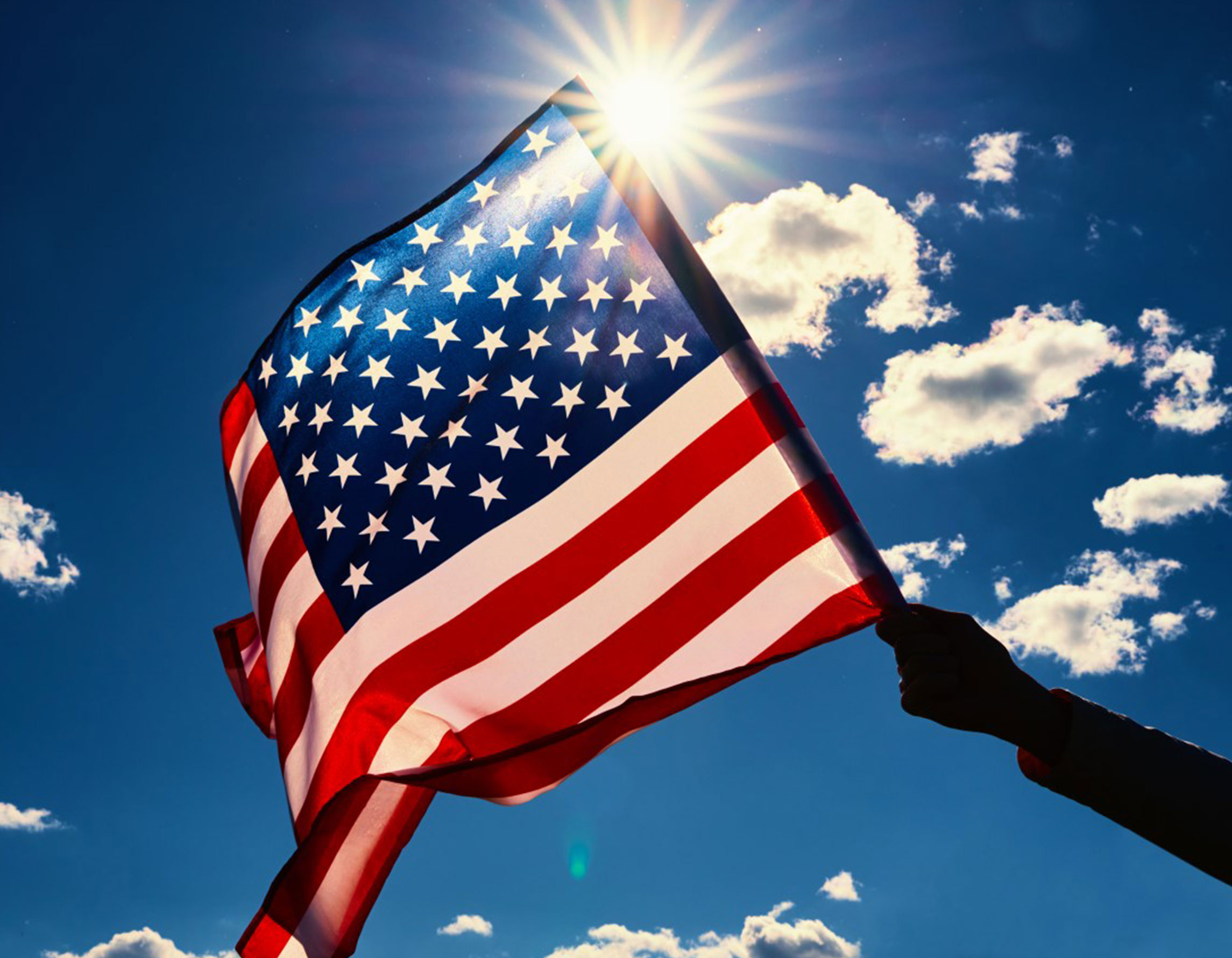
We salute our veterans. Enjoy free admission!* *Veterans, active and retired military receive free admission…
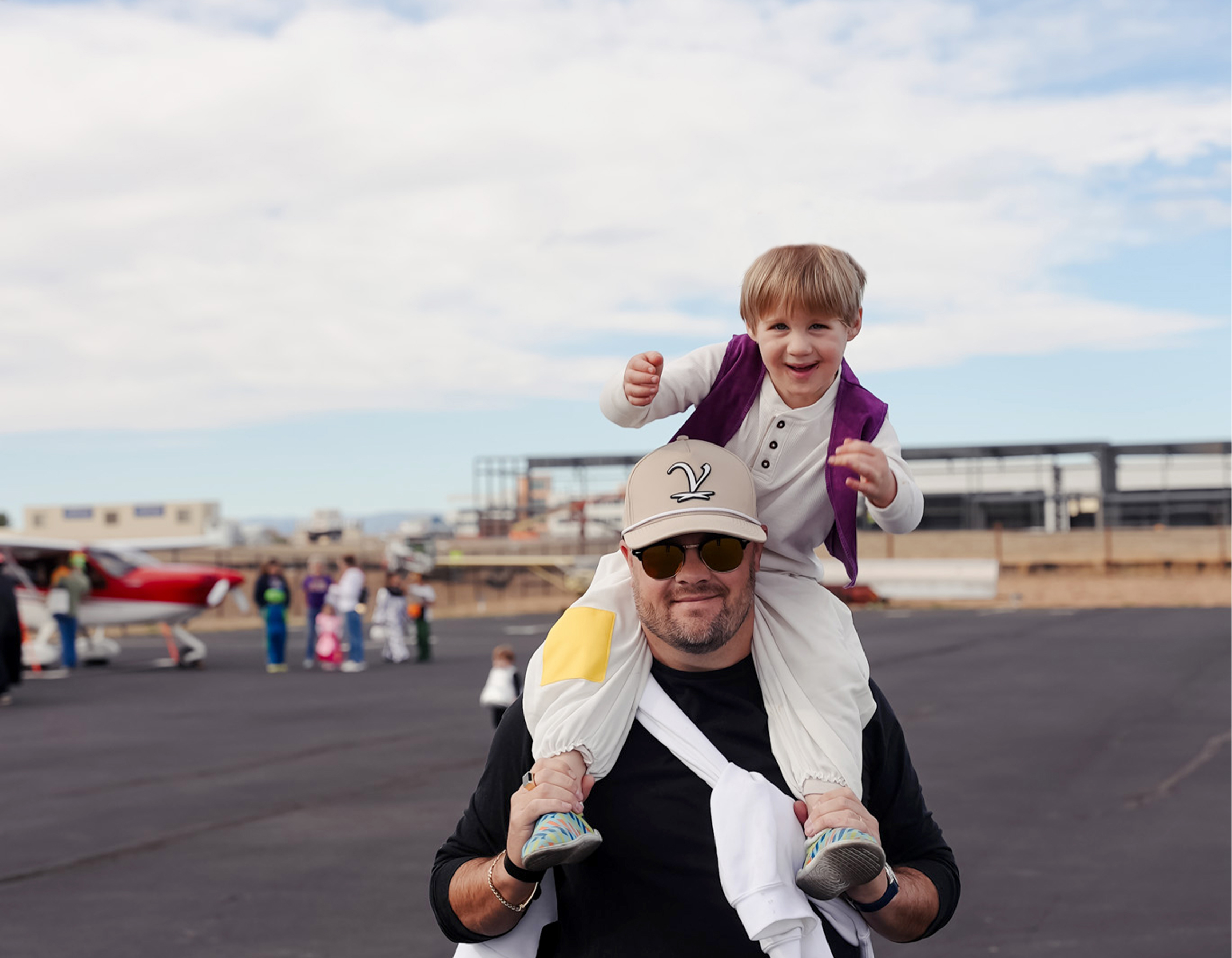
Let your child's curiosity take flight and join us at Exploration of Flight to explore…
The Air & Space Museum in Denver is closed Sunday, November 17, 2025 for a…

Calling all veterans and their families and support networks - you’re invited to a special…
The Harrier II first flew in 1981 and joined the Marine Corps in 1985. With four exhaust nozzles that can rotate from horizontal to vertical, the Harrier can “jump” off the ground in a short take off run or can even take off and land vertically. It can carry a wide array of bombs, rockets and missiles on six underwing hard points, plus a 25mm rotary cannon with up to 300 rounds of ammunition. Fully loaded, a Harrier carries more firepower than a World War II B-17 Flying Fortress bomber!
This Harrier on display at the Air & Space Museum has seen combat in Iraq, Afghanistan, Syria and the Red Sea, and has the 3rd highest number of combat hours of any Harrier. It is on loan from the National Naval Aviation Museum.
The F-14 Tomcat played a leading role in the 1986 movie “Top Gun.” The Navy needed an airplane to protect its surface fleets from hostile aircraft and anti-ship missiles at long range. After a naval version of the Air Force’s F-111 fighter bomber proved was unsuitable for aircraft carrier operations, its radar and long-range AIM-54 Phoenix air intercept missile systems were transferred to an entirely new design, the F-14.
One of the most iconic symbols of the Vietnam War is the Bell UH-1 “Huey” helicopter. Hueys served throughout the conflict as troop and cargo carriers, air ambulances, and gunships with the US Army, Navy, Air Force, and Marine Corps.
The Harrier II first flew in 1981 and joined the Marine Corps in 1985. With four exhaust nozzles that can rotate from horizontal to vertical, the Harrier can “jump” off the ground in a short take off run or can even take off and land vertically. It can carry a wide array of bombs, rockets and missiles on six underwing hard points, plus a 25mm rotary cannon with up to 300 rounds of ammunition. Fully loaded, a Harrier carries more firepower than a World War II B-17 Flying Fortress bomber!
This Harrier on display at the Air & Space Museum has seen combat in Iraq, Afghanistan, Syria and the Red Sea, and has the 3rd highest number of combat hours of any Harrier. It is on loan from the National Naval Aviation Museum.
The F-14 Tomcat played a leading role in the 1986 movie “Top Gun.” The Navy needed an airplane to protect its surface fleets from hostile aircraft and anti-ship missiles at long range. After a naval version of the Air Force’s F-111 fighter bomber proved was unsuitable for aircraft carrier operations, its radar and long-range AIM-54 Phoenix air intercept missile systems were transferred to an entirely new design, the F-14.
One of the most iconic symbols of the Vietnam War is the Bell UH-1 “Huey” helicopter. Hueys served throughout the conflict as troop and cargo carriers, air ambulances, and gunships with the US Army, Navy, Air Force, and Marine Corps.
Sign up for our newsletter, and stay up to date with all of the latest exhibits and events at Wings Over the Rockies.
